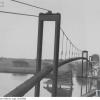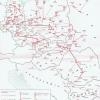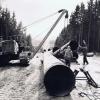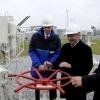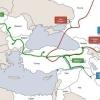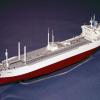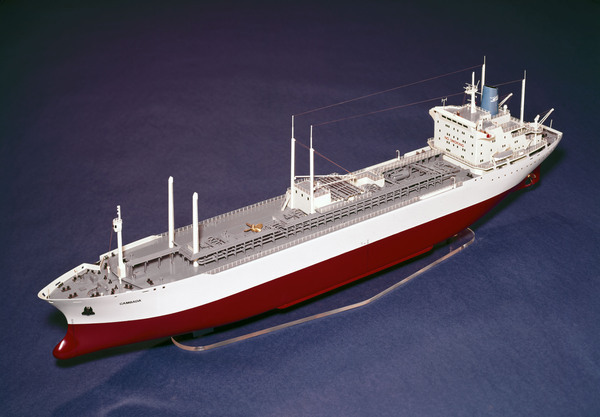The future of gas is fluid
As the need for natural gas in Europe is still growing, the old "Brotherhood Gas Pipeline" may have never become obsolete, but its importance has diminished.
The pattern of pipelines carrying gas from East to the West is changing into more complex networks. Russia is developing new pipelines BPS and BPS-2 to terminals in Primorsk and Ust-Luga on the Baltic Sea, from where the liquefied natural gas (LNG) can be transported all over the world. Liquefying natural gas for export began in 1964 as a means of getting gas from Algeria to France and Britain, and is now rapidly expanding as a means of transport.
Because six hundred cubic meters of natural gas can be compressed into one cubic meter of liquid, it can be easily delivered to locations not reachable through pipelines. Liquid natural gas (LNG) can be transported virtually everywhere by means of road and railway tankers on short routes, and by sea tankers across the oceans.
LNG tankers cruise through the seas helping to diversify the sources of supply, and the liquefying stations or LNG terminal entry points into transmission systems have become important new elements of international gas networks in many countries.
 Previous Story
Previous Story
How to cite this page
Slawomir Lotysz, 'The future of gas is fluid', Inventing Europe, http://www.inventingeurope.eu/story/the-future-of-gas-is-fluid
Sources
- Tusiani, Michael D. and Shearer, Gordon. LNG: A Nontechnical Guide. Tulsa: PennWell, 2007.
- Morrow, Edward A. “Ship Passes Test on Liquefied Gas.” New York Times, Aug 24, 1959: 42.





